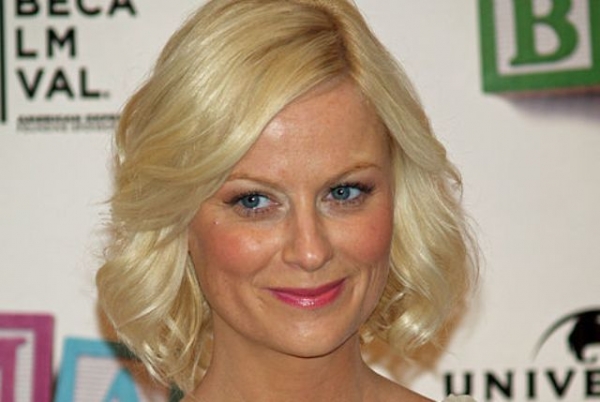
The story of Pixar's latest animated offering "Inside Out" revolves around the emotions found inside the mind of a young girl named Riley. As seen in the trailers, her emotions have different genders - Joy is female while Anger is male, whereas her own parents have single gender emotions.
Pixar Founder John Lasseter has some pretty great thoughts about this, which director Pete Docter shared to Cinema Blend. It is Lasseter's belief that having male and female emotions for Riley helps from a marketing and storytelling perspective, and it also has something to do with changes people go through as they get older.
"I remember, we talked to John and he said, 'Well, I thought you did it because, as adults, we become more kind of set in our ways. As a kid, you can... anywhere is possible,'" he said.
Docter said that during the dinner scene in "Inside Out," it would have been difficult to create if Riley's parents had multi-gendered emotions like their daughter since the scene would have gone back and forth with 18 different characters. The scene would have been a mess unless everyone was identifiable, so they utilized single-gender emotions and thought to provide a few extra laughs for it.
"For the comedy of it, we're cutting between 18 characters and 4 locations in that dinner scene, so we just went broad with it - kind of how SNL would do it. They all have like dopey obvious mustaches or big red glasses so that you're instantly clear on, 'Oh, it's mom; it's dad,'" said Docter.
The director believes that "Inside Out" is not just a movie for parents, but it's also a movie by parents since he used his own kids as an inspiration for the animated film.
"Personally, as we were making the film I remember thinking the characters, as we're talking about them, are sort of representative of how I'm feeling about my kids," he told Rope of Silicon. "As a parent you try to do your best to steer your kids and guide them and kind of tell them what to do, but you can't totally because they're in control at some point and there's a certain amount of letting go you have to do. With Joy, I think that's exactly what Joy is doing. She's literally driving, but realizing she doesn't have all the power she once did and thought she did, and that just felt personal."

















